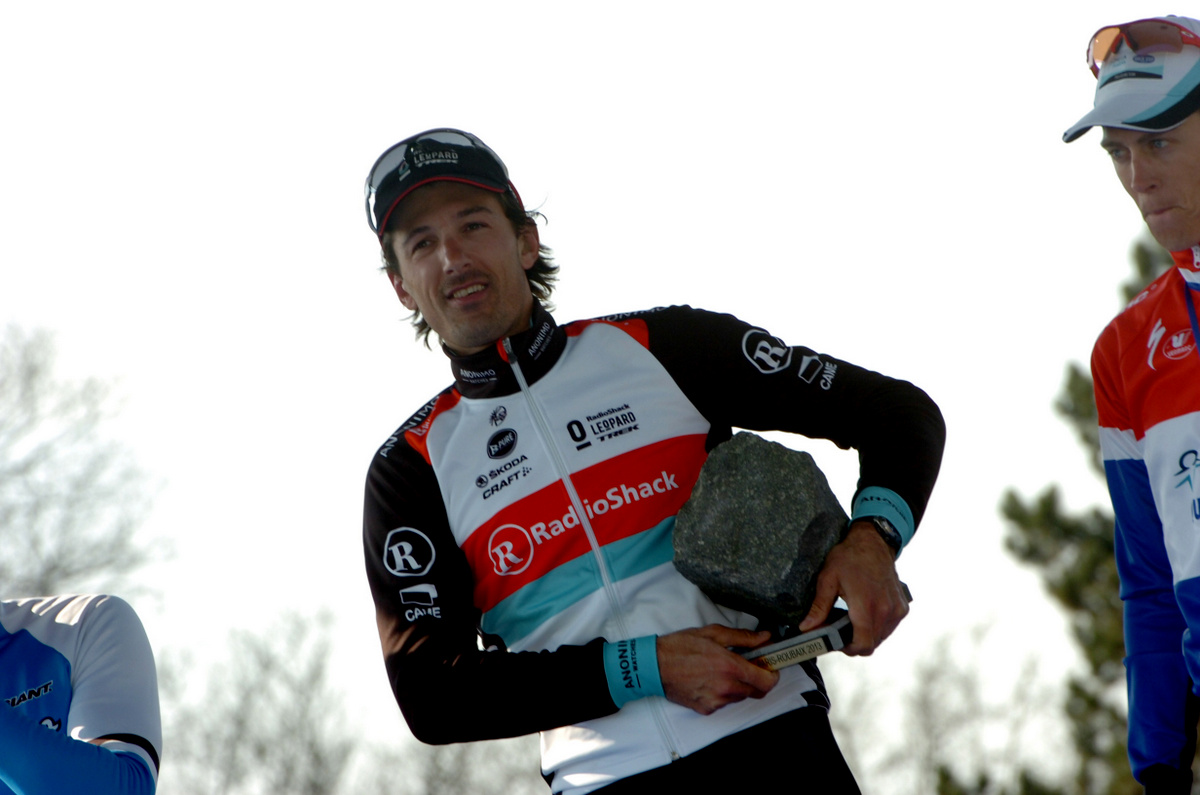The ride
The Militis Comp mixed sharp acceleration and excellent cornering with decent climbing performance and an unexpected but entirely welcome stability on descents. It was at its best on flat roads, where it needed no second invitation to sprint, and in sharp corners, where it responded immediately and with accuracy to changes of direction.
Most of our testing is completed on quiet country roads, but it was in an urban environment that the Militis Comp came to life: sprinting away from traffic lights, powering up short climbs and sweeping through corners made challenging by the necessity of remaining to the left of the white line. This environment we felt was closest to the native surroundings of this machine: the crit circuit.

Three-hour jaunts into the countryside, our typical test bed, failed to yield as much from the Militis Comp. While it demanded little effort to reach a canter, the unyielding nature of the frame took its toll on these longer expeditions and greater fatigue resulted from the stiffness of the ride than maintaining a pace.
The climbing performance of the Miltis Comp on the long, seated drags of our rural test routes was merely adequate, for example: weight is king on longer ascents, and while it would be inaccurate to characterise the Milits Comp as heavy at just over 8kg, a lighter machine would have dealt more easily with the challenge. On shorter, punchier hills, conquered with out of the saddle efforts (those that litter the endless network of suburban side streets in the town where I live, and where to climb essentially means to sprint uphill), the Militis Comp was more at home.
Handling was the aspect of the Militis Comp that we admired most. It felt alive beneath us, silently exhorting us to try something, like a dog waiting for a stick to be thrown. Merely cruising along felt like a waste of its abilities, perhaps akin to driving a sports car to the supermarket. The immediacy of its response to human input is the defining characteristic of the Militis Comp.






